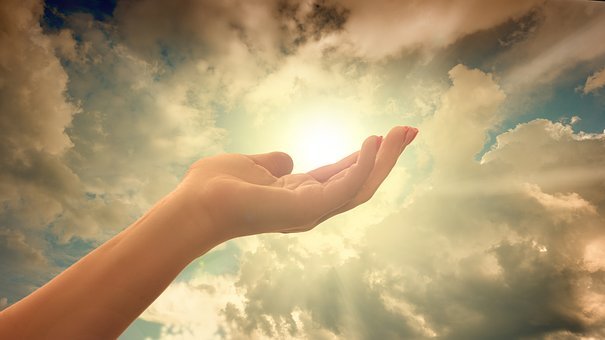Lying on the right of his skis, a swerve to the left, stepping over some fir trees, before paragliding towards the rocks of a canyon in Morzine then flying over a block of chalets… Filmed with a drone, the sequence no longer offers only to see the descent of the speed rider French Valentin Delluc but turns into a substitute for thrills. The clip, promoted by the RedBull brand two years ago, left its mark on the world of film and mountain sports documentaries, gathered this week at the Chamonix festival, which ends on Saturday June 18.
The best way to track @ValentinDelluc in speedriding? A racing drone! 😱 pic.twitter.com/nRnzuwuPkO
— Red Bull France (@RedBullFrance) March 26, 2020
For its second edition, the majority of the 38 films screened again relied on this technology. It has become ” an addiction “, confirms Thomas Guerrin, 34-year-old drone pilot and director, who this year presented a film on the history of the high mountain guides of Chamonix, a city-temple of French mountaineering. Because if the traditional helicopter has long made it possible to capture the best aerial shots, racing drones – or so-called FPV drones (First Person View) – have revolutionized the discipline.
contact and distance
“It brought something that we were incapable of: an immersion closer to performance and the ability, at the same time, to move away from the athlete very quickly to return to the landscape”, notes Maxime Moulin, documentary filmmaker for ten years, the arrival of the first drones on the market. With a camera on board the athlete and an aerial drone “which, on the other hand, gives the outside point of view, to also allow yourself long poetic shots, you can tell everything there is to tell without being present on the stage of the performance”, complete Thomas Guerrin.
The drones had however arrived in the mountains with a bad reputation: too intrusive, even risky, as whena machine had crashed on the track in the middle of the descent of the alpine skier Marcel Hirscherlanding a few decimeters from the Austrian, in 2015. The specter of the accident forced the legislation to thicken, in particular for the overflight of dwellings, imposing an authorization from the General Directorate of Civil Aviation on the teams who pilot them up to 4 km away. “Depending on what we want to do, we cannot film certain parts of the mountain, the helicopter cannot be replaced, even if it also represents a greater environmental cost”explains Maxime Moulin.
Technology versus creativity?
In addition to a reduced cost, accessible to beginners in mountain film, drones have reduced the risk-taking on set, for directors as well as for the athletes themselves – mountaineers in mind – by allowing more precise identification of less accessible climbing areas.
With the fear, however, of a standardization of films, tempted to overexploit these aerial images to the point of caricature. “We have in fact been witnessing for 10 years a standardization in the ways of filming. With drones, filming times are also reducednotes Steve Scott, director of the Kendal mountain film festival in the United Kingdom and member of the jury this year in Chamonix. To regain creativity, directors must learn to use them sparingly. »

